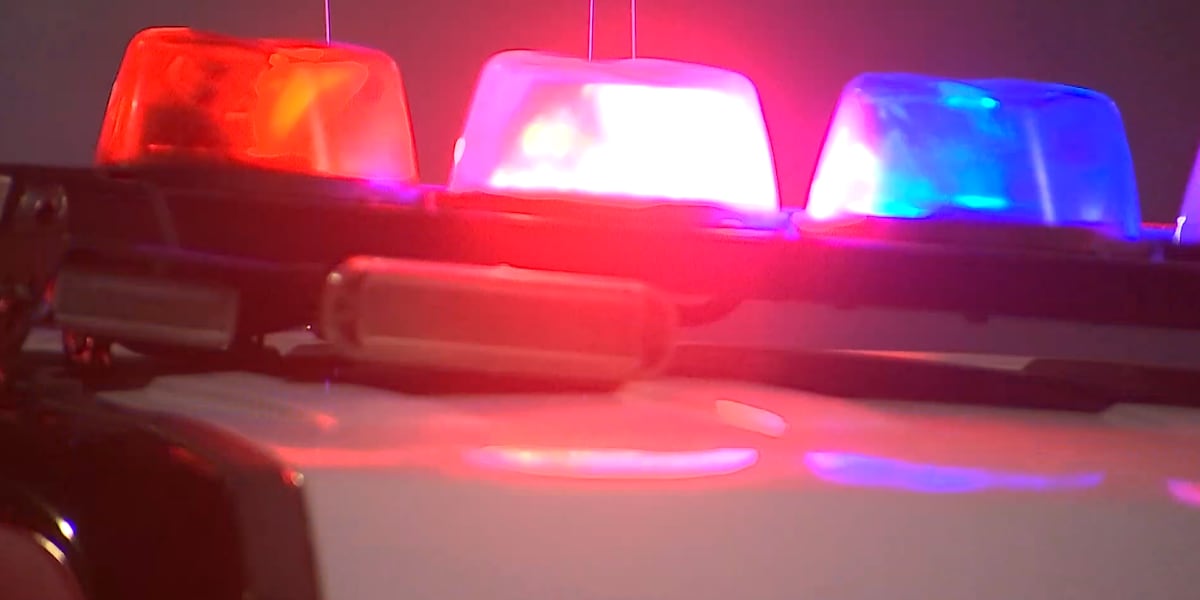LAS VEGAS, Nev. (FOX5)—Some local and state elections in 15 states currently use a ranked-choice voting system. Nevada Question 3 asks voters to change that by altering how the winner is ultimately selected.
It’s a process that forgoes the traditional party primary and puts all the candidates for all the races on one ballot.
This year, Nevada Democrats replaced their traditional caucus with a presidential preference primary, while Republicans continued to caucus.
However, the system could be completely different next time around for members of both parties and those who chose to remain non-partisan, if voters say ‘yes’ to Nevada Question 3.
Question 3 asks:
“Shall the Nevada Constitution be amended to allow all Nevada voters the right to participate in open primary elections to choose candidates for the general election in which all voters may then rank the remaining candidates by preference?”
But what does that mean?
Dr. Sondra Cosgrove, the Executive Director of Vote Nevada explains, “What ballot question 3 says is, make the top of the ticket races look just like the bottom ones, have them all be open and on a unified ballot.”
Vote Nevada, a voter education non-profit organization led by Dr. Cosgrove. She is also a social sciences professor at the College of Southern Nevada.
A ranked-choice voting system means everyone votes at the same time in a primary, including Independents. They cannot vote in primaries under Nevada’s current system.
“The top of the ticket races, though, are closed primary,” Dr. Cosgrove continued. “You have to be a registered Democrat or Republican to vote in those races, and if you’re registered as a non-partisan, which is the largest group of voters right now at 34 percent, you are prohibited from voting.”
But a ‘yes’ vote on Question 3 also switches up the system.
“It’s going to create a system called ranked-choice voting, which is going to go into Nevada’s Constitution,” added Kerry Durmick, the Nevada State Director for the nonpartisan pro-voter rights organization All Voting is Local Action. All Voting Is Local Action is against Question 3.
Under a ranked-choice system, voters pick their favorite, and then specify their second, third, fourth, and fifth choices. It’s a non-traditional approach to elections.
Cosgrove believes Question 3 levels the playing field for candidates and voters.
“We know from our open primary races, that we’ve had for a long time, the top two is usually just the people with the most money,” shared Dr. Cosgrove. “Most of the diversity dropped off the ballot once we went to top two. So what Question 3 says is, ‘let’s go top five so we can catch some of the diversity that we have in the primary and move that forward to the general election.’”
Opponents of the initiative, like All Voting Is Local Action, worry some voters won’t understand the new system.
“The Guinn Center just came out with a study that said that only 35 percent of voters understand our current election system,” Durmick said. “We just really feel we have a really huge uphill battle to climb with voter education.
“I do not buy this idea that it’s too confusing,” Dr. Cosgrove argued. “I think they’re just saying that because they don’t like the process because it takes power away from the political parties and it gives power to the voters.”
Other concerns opponents have brought forward are that third parties end up excluded on ranked-choice ballots. Some fear Democrat or Republican voters will also be able to vote for a candidate of the opposite party, potentially influencing the direction of that party.
The majority of voters said ‘yes’ to Question 3 in 2022 so if it passes in November, it gets added to the state Constitution. Opponents say that will be very difficult to undo so they advise caution.
Alaska implemented ranked-choice voting during its 2022 election. In November, Alaskans will decide if they want to keep it or go back to the old system.
Copyright 2024 KVVU. All rights reserved.





